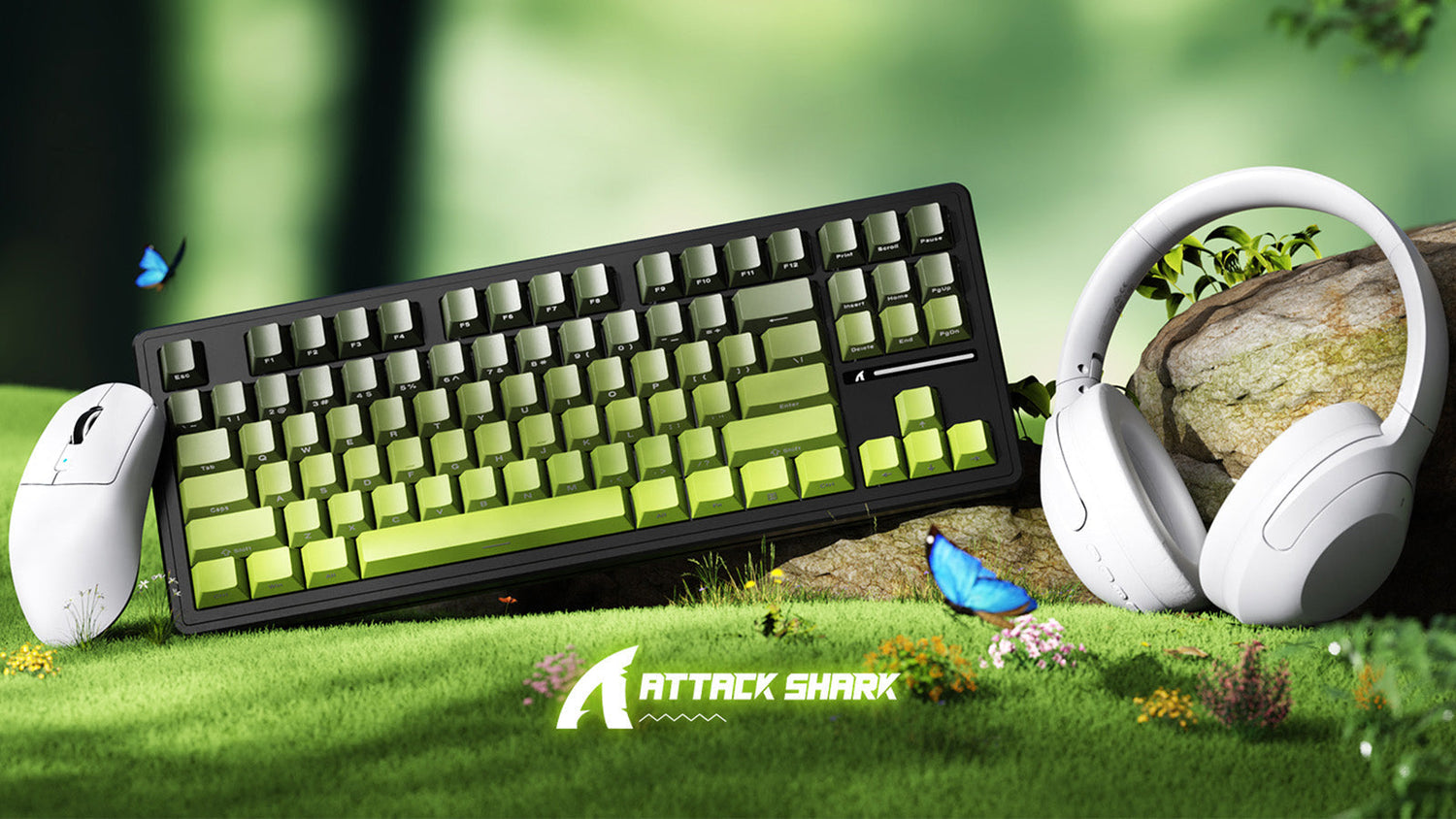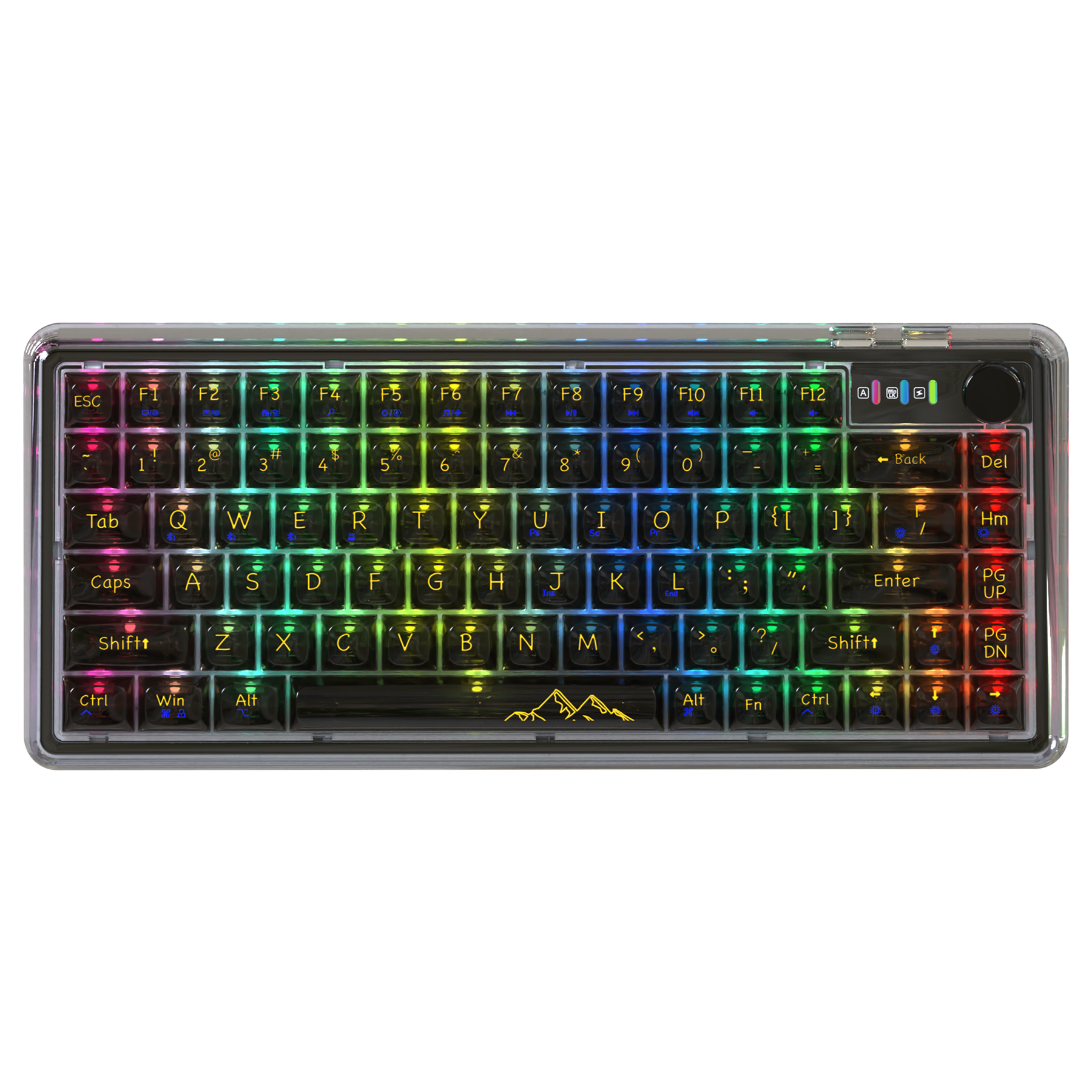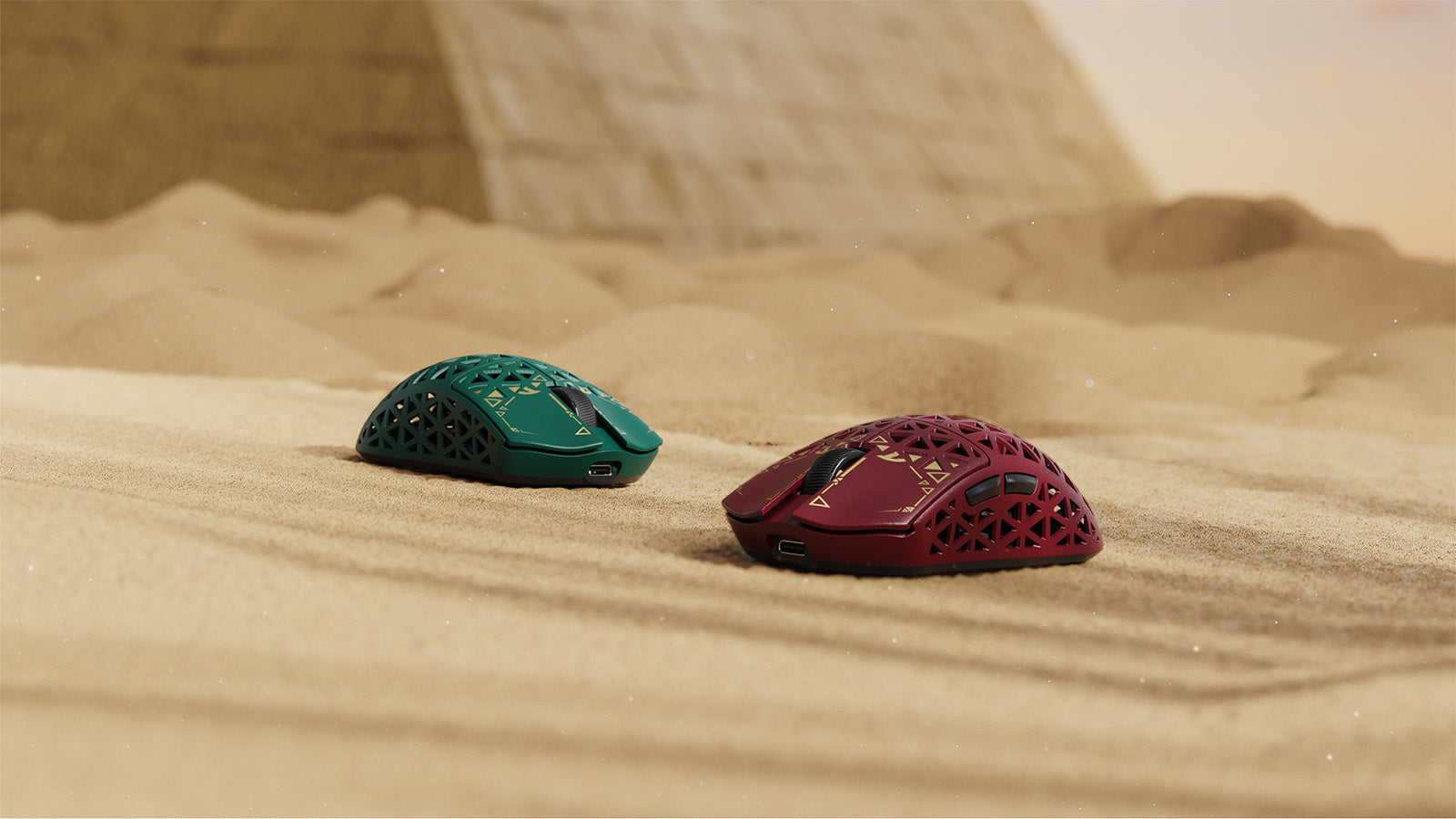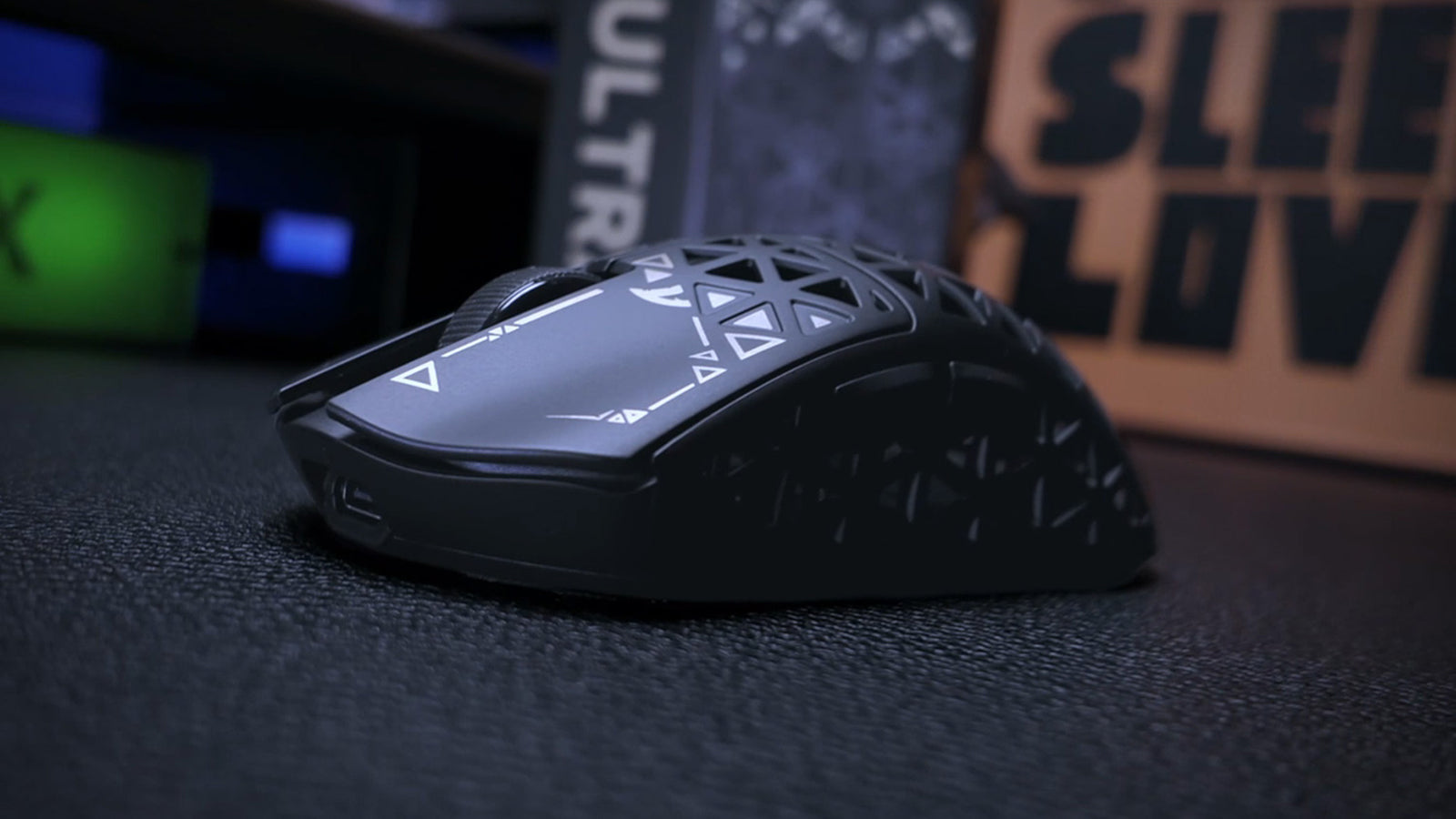At first glance, a keyboard is a keyboard, right? Rows of letters, numbers, and some function keys. But when you look closer at keyboards designed for Apple's macOS versus those for Microsoft Windows, you'll notice some significant variations. These differences aren't just cosmetic; they impact how you interact with your operating system and can even affect your workflow. Let's break down what sets Mac and Windows keyboards apart.

The Modifier Keys: Command vs. Control and More
This is probably the most noticeable and functionally significant difference. The bottom row of modifier keys – those keys you press in combination with others to perform shortcuts – is laid out differently and has different primary functions.
On a Windows keyboard, you typically find (from left to right, near the spacebar):
- Ctrl (Control)
- Windows Key (with the Windows logo)
- Alt (Alternate)
The Ctrl key is the primary workhorse for most common shortcuts like copy (Ctrl+C), paste (Ctrl+V), save (Ctrl+S), etc. The Windows Key opens the Start menu and is used for various OS-level shortcuts. Alt is used to access menu commands and other specific functions.
On a Mac keyboard, the layout is (from left to right, near the spacebar):
- Control (often abbreviated as "ctrl")
- Option (often with the ⌥ symbol, also labeled "alt" on some)
- Command (with the ⌘ symbol)
The Command (⌘) key is the Mac equivalent of the Windows Ctrl key for most application-level shortcuts. So, copy is ⌘+C, paste is ⌘+V, save is ⌘+S. The Option (⌥) key is used for typing special characters and as a modifier for other shortcuts. The Control key on a Mac is less frequently used for common shortcuts but is vital for right-click emulation (Ctrl-click) and certain system-level functions.
This difference in the primary shortcut key and its placement is often the biggest hurdle for people switching operating systems. Your muscle memory for common commands gets completely thrown off!

Function Keys (F-Keys): Multimedia Default vs. Standard Functions
The top row of keys, F1 through F12 (or higher on some keyboards), also behaves differently by default.
On most Windows keyboards, the F-keys primarily act as standard function keys (F1 for help, F5 for refresh, etc.). To use any special multimedia or system functions printed on them (like volume control, brightness, play/pause), you usually need to press and hold an Fn key (Function key) in combination with the F-key. Some Windows laptops or keyboards might allow you to toggle this behavior in the system settings or via software.
On Mac keyboards, the F-keys, by default, perform the special functions indicated by the icons printed on them – things like screen brightness, Mission Control, Launchpad, media playback controls, and volume. To use them as traditional F1, F2, etc., function keys, you typically need to hold down the Fn key (located in the bottom left corner). This default behavior can also be flipped in macOS System Settings if you prefer standard F-key operation first.

Special Character Keys and Other Layout Oddities
Beyond the main modifier and function keys, there are a few other subtle but important differences that can catch you out:
The location of the "@" and """ (double quote) symbols can sometimes be swapped, especially when comparing UK layouts of Mac versus Windows keyboards. For standard US layouts, these are generally consistent (@ is Shift+2, " is Shift+apostrophe). However, always double-check if you're using an international layout, as these common symbols can migrate.These variations often stem from different keyboard layout standards used across regions, which can significantly affect your typing experience depending on what you're accustomed to.
The Delete key on a Mac functions like Backspace on a Windows keyboard, deleting the character to the left of the cursor. To perform a "forward delete" (deleting the character to the right) on most Mac keyboards (especially laptops), you need to press Fn+Delete. Windows keyboards usually have both a Backspace key and a separate Delete key for these two distinct functions.
While both systems use Enter or Return for similar purposes (confirming an action or starting a new line), Mac keyboards label the main key as Return. Windows keyboards label it Enter. Functionally, for typing, they are largely interchangeable.
For typing accented characters or special symbols not directly on the keyboard, Mac users extensively use the Option key, often in combination with Shift. For example, Option+e followed by e gives you é. Windows users, especially with international layouts, might use an Alt Gr key, or rely on Character Map or Alt codes (holding Alt and typing a number sequence on the numeric keypad).
ATTACK SHARK K75 Pro Transparent Mechanical Keyboard
Physical Design and Aesthetics
This is more subjective, but there are general design trends that differentiate Mac and Windows keyboards.
Apple's keyboards, both built-in on MacBooks and standalone ones like the Magic Keyboard, are well-known for their minimalist aesthetic. They often feature slim profiles, low-travel keys for a quiet and precise feel, and are typically constructed with aluminum, giving them a premium look and feel.
Windows keyboards, on the other hand, come in an absolutely enormous variety because they are made by countless different manufacturers. You can find everything from basic, no-frills membrane keyboards for a few dollars to high-end mechanical keyboards with customizable switches, elaborate RGB backlighting, and dedicated macro keys. Many users often wonder if RGB lighting is actually necessary for their mechanical keyboard setup or just an aesthetic luxury. Ergonomic designs, split keyboards, and gaming-focused keyboards with extra programmable keys are also far more prevalent in the Windows PC world. There isn't one single "Windows keyboard" design language.
Can You Use Them Interchangeably? (And Remapping Tips)
The good news is, yes, you can generally use a Windows keyboard on a Mac and a Mac keyboard on a Windows PC. Most modern operating systems are smart enough to detect and make them work.
When you plug a Windows keyboard into a Mac, macOS will usually recognize it. The Windows Key will typically function as the Mac's Command key, and the Alt key will function as the Option key. This makes most common shortcuts usable. However, if the physical placement feels off (e.g., you're used to Command being where Alt is on your Windows board), you can go into macOS System Settings > Keyboard > Modifier Keys and remap them to your liking.
Similarly, using a Mac keyboard on a Windows PC is also possible. The Mac's Command key will often act as the Windows Key. The multimedia functions on the top row might not all work as expected without specific drivers or software, often defaulting to standard F-key behavior. Again, the different labeling for Command/Option vs. Windows Key/Alt might take some getting used to.
For users who switch frequently or want a completely seamless experience, software utilities exist for both macOS (like Karabiner-Elements) and Windows (like Microsoft PowerToys' Keyboard Manager or AutoHotkey) that allow for extensive key remapping. You can make your keyboard behave almost identically regardless of which OS you're using, which is great for maintaining your shortcut muscle memory.
Finding Your Perfect Keyboard Match
While both Mac and Windows keyboards serve the fundamental purpose of text input, their differences in modifier key layouts, function key behavior, and even some special character placements can significantly impact user experience. Understanding these distinctions can help you choose the right keyboard for your primary system, adapt more quickly if you switch platforms, or effectively use a keyboard from one ecosystem on the other. Beyond just Mac versus Windows considerations, exploring the various keyboard types available can further help you find the perfect match for your specific needs.It's all about finding what boosts your productivity and comfort.







Leave a comment
This site is protected by hCaptcha and the hCaptcha Privacy Policy and Terms of Service apply.